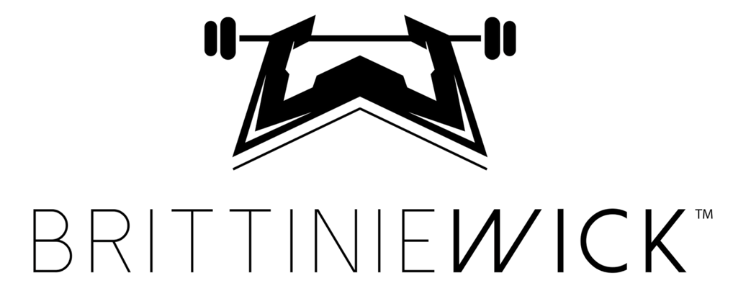MetCon is an abbreviation for Metabolic Conditioning.
This term has been made hugely popular with the growth in CrossFit™.
However, the term has been around since the 1970s, maybe dating back even further.
In the October 1975 issue of Athletic Journal magazine, Arthur Jones defined metabolic conditioning as “the ability to work at a high level of intensity for a prolonged period of time. The ability to work at a level very close to 100% of intensity for a period of at least 20 minutes.”
The idea here is to bridge the gap between high intensity weight training, high intensity cardio, and longer low intensity cardio. Putting all three together can have positive effects on muscular strength and the anaerobic and aerobic systems.
Aerobic means “with oxygen” and is sometimes known as “cardio” or “steady-state cardio.” A marathon runner is an example of someone that utilizes the aerobic energy system.
Aerobic exercise requires pumping of oxygenated blood by the heart to deliver oxygen to working muscles.
Anaerobic means “without oxygen.” Someone who is sprinting at maximum level of effort for a relatively short amount of time is using the anaerobic system.
When we exercise anaerobically, glycogen is used as fuel. Your body also builds up lactic acid, which can cause soreness and fatigue at sustained levels.
While MetCon requires the body to work at a very high intensity, it does not mean that any specific muscle is working at 100% the whole time. Instead, the body as a whole is working at its highest intensity, with little rest between various exercises, for an extended period of time (around 20 minutes).
Metabolic Conditioning can include HIIT (high intensity interval training) but not all HIIT would be considered MetCon (specifically, those HIIT workouts that allow quite a bit of rest between sets).
MetCon style workouts can be done as a weighted circuit, a single modality activity (running, rowing, swimming, biking, etc.), CrossFit™ movements, plyometrics, or a combination of any and all of these.
Integrating various different elements of fitness will provide variety to your workout, will limit overtraining and injury, and will help you to break through plateaus and reach your fitness goals.




Leave a Comment